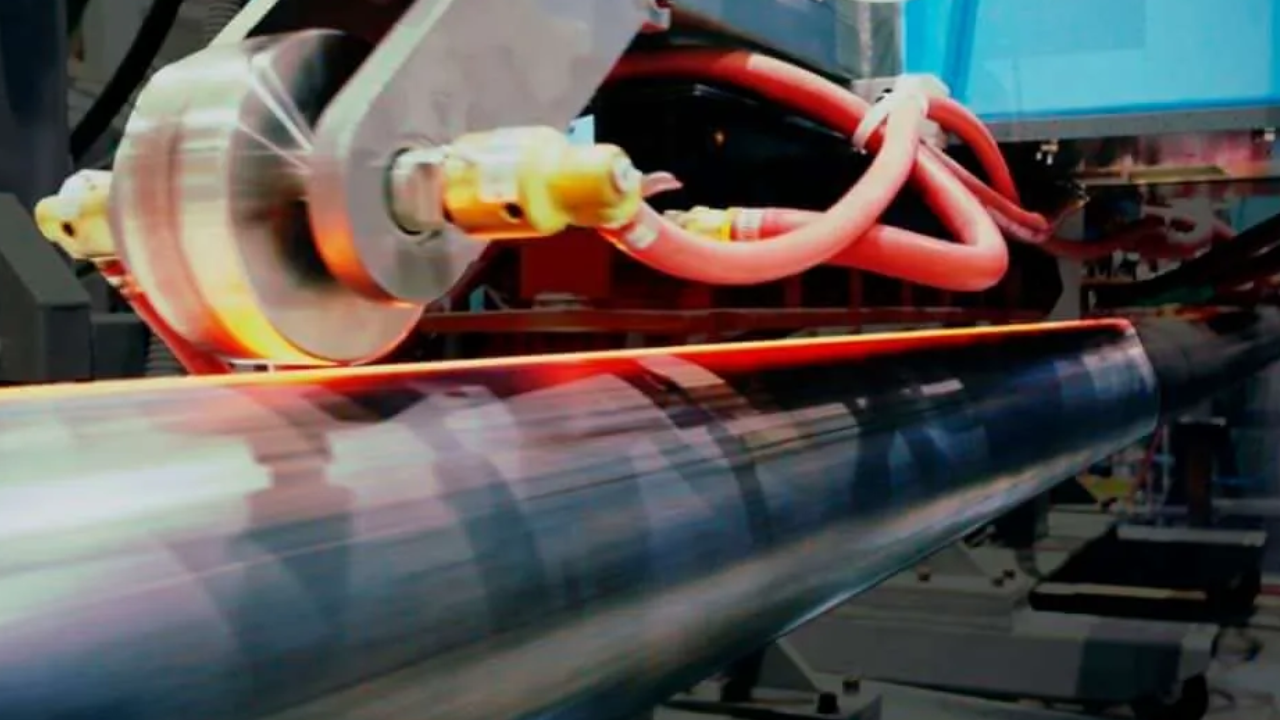HSS tubing stands as a cornerstone in cutting-edge construction, production, and infrastructure endeavors because of its remarkable strength-to-weight ratio and robust durability. In a brand new business landscape, where sustainability is paramount, the environmental advantages of employing HSS tubing have come to light. Renowned for its potential to offer structural integrity with reduced weight, HSS tubing appreciably enhances fabric efficiency and aids conservation in diverse programs.
As industries more and more prioritize sustainable practices, HSS tubing emerges as a pivotal desire, not only for its technical advantages but also for its alignment with worldwide efforts to preserve sources and mitigate climate change effects. The versatility of hss tubing in creation, production, and infrastructure tasks underscores its role in advancing sustainable development dreams while also meeting the stringent demands of cutting-edge engineering and architecturally demanding situations.
Environmental Benefits of Using HSS Tubing
Right here’s a detailed article covering the environmental benefits of HSS tubing:
Material Efficiency and Resource Conservation
Material performance and resource conservation are key benefits of using HSS tubing. Its better energy allows for thinner and lighter sections, lowering raw material intake. This efficiency now not only minimizes the environmental effect of material extraction and processing but also lowers transportation fees. With the aid of optimizing material use, HSS tubing contributes to sustainable practices in creation, manufacturing, and infrastructure projects, aligning with worldwide efforts to preserve resources and reduce carbon footprints.
Reduced Energy Consumption
HSS tubing’s lighter weight and higher strength contribute to decreased energy consumption at some point in its lifecycle. Less electricity is required for transportation, coping with, and installation compared to conventional substances. This efficiency enables a decrease in greenhouse fuel emissions associated with logistics and contributes to standard power financial savings. By minimizing electricity use at these levels, HSS tubing helps sustain sustainable practices and enhances environmental stewardship in diverse business applications.
Lower Emissions and Carbon Footprint
HSS tubing production strategies, especially those involving the use of recycled metal or efficient manufacturing techniques like electric arc furnaces, result in decreased emissions of greenhouse gases and carbon dioxide (CO2). This reduction in emissions contributes to a decreased carbon footprint in comparison to standard materials. By choosing HSS tubing, industries can mitigate environmental effects, align with sustainability desires, and promote responsible resource management in construction, production, and infrastructure tasks.
Recyclability and Circular Economy
HSS tubing is pretty recyclable at the end of its lifecycle, assisting a circular financial system model. Recycling HSS reduces the need for virgin steel production, protects natural assets, and decreases energy intake and emissions related to metallic production. By integrating recycled content material into new merchandise, industries can extend the lifespan of substances, limit waste technology, and promote sustainable practices that contribute to environmental preservation and resource performance.
Durability and Longevity
HSS tubing is famed for its sturdiness and durability, outperforming conventional materials in structural applications. Its resistance to corrosion and mechanical put on guarantees extended provider existence with minimum maintenance necessities. By reducing the frequency of replacements and maintenance, HSS tubing conserves materials and decreases the environmental effects associated with manufacturing and disposal. This sturdiness makes HSS a sustainable preference for infrastructure, production, and production sectors striving for lengthy-term environmental stewardship.
Application in Renewable Energy and Sustainable Infrastructure
HSS tubing plays a critical role in renewable strength and sustainable infrastructure projects. Its energy and lightweight properties optimize the efficiency of systems like wind turbines and solar panels, lowering material use and energy consumption. In transportation infrastructure, HSS tubing contributes to lighter, more fuel-efficient motors. Those programs aid renewable power technology and sustainable improvement goals by minimizing environmental effects and improving energy performance.
Conclusion
HSS tubing gives several environmental advantages in the course of its lifecycle. As industries continue to prioritize sustainability, the adoption of HSS tubing performs a critical function in mitigating environmental effects and selling sustainable improvement practices throughout diverse sectors. By leveraging these environmental benefits, stakeholders can contribute to a greener and more sustainable destiny while meeting the demands of modern-day engineering and construction.

